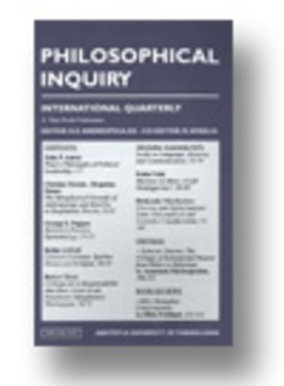Imagining film : seeing with the mind's eye
Part of : Philosophical inquiry ; Vol.XXVII, No.3-4, 2005, pages 3-14
Issue:
Pages:
3-14
Author:
Abstract:
A discussion of Alfred Hitchcock’s Rear Window can shed critical light on two aspects of movie-going experiences that demand explanation. First, how do we account for the apparent seamlessness of the visual narrative of a film? How is it that we weave the spatio-temporally disjoint shots of a scene into a single coherent perceptual event? Second, how do we account for our strong emotional responses to obviously fictional characters? Why do we fear Freddy Krueger, feel compassion for Hamlet, and experience a mischievous sense of complicity with Ferris Bueler during his day off from school? Cognitivist theories of film argue that these problems can be resolved if moviegoers’ experiences are conceptualized as extensions of ordinary psychological processes. 1 propose a model for a theory of art and imagination that cashes this claim out in terms of the top down influences of background knowledge on the phenomenal content of ordinary perceptual experience. This model rests on an analogy between the two dimensional structure of the initial retinal input to the visual system and the two dimensional patterns of light projected onto a film screen. I argue that the structural similarity between retinal and screen images entails that viewers fill in the visual narrative of films in perception, along with their affective content, as they would any form of ordinary perceptual image, relative to background knowledge about the structure and function of objects and events in their ordinary environment.
Subject:
Subject (LC):
Notes:
Περιέχει σημειώσεις




